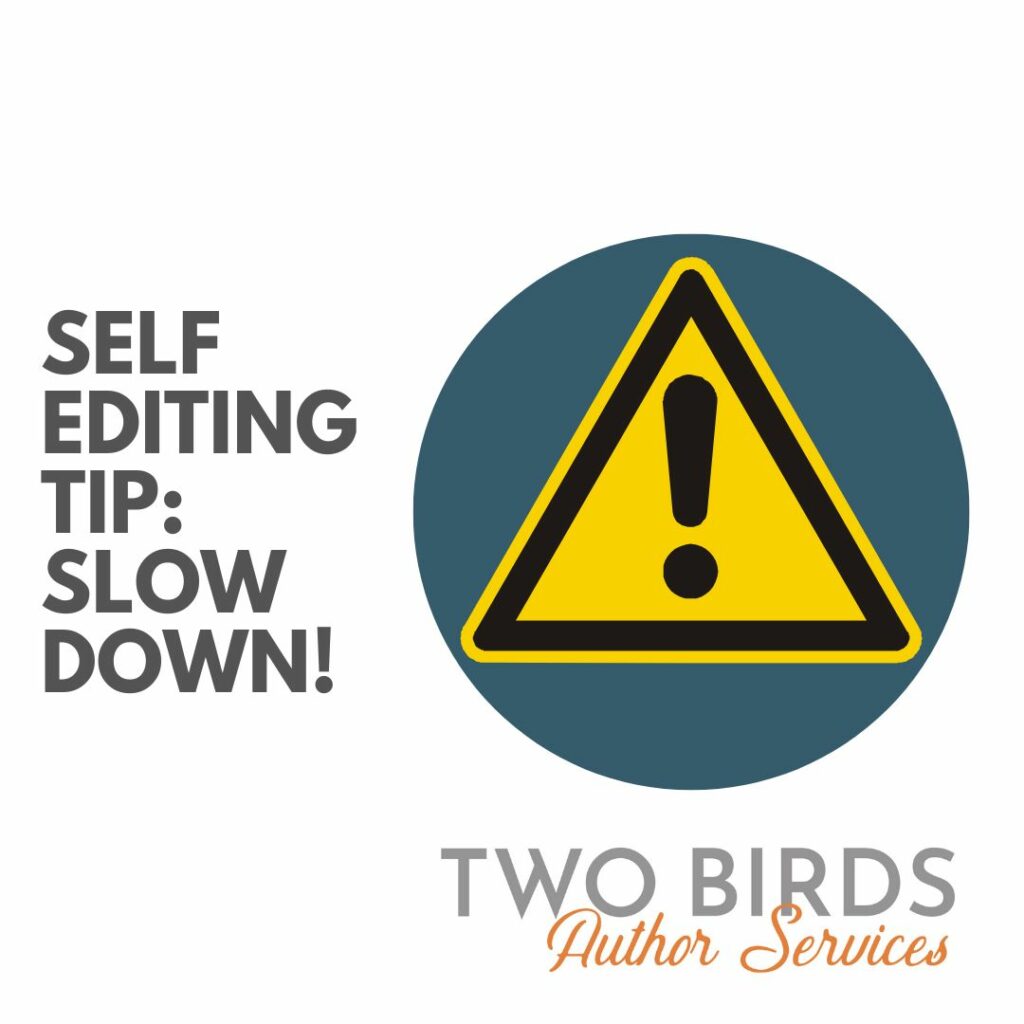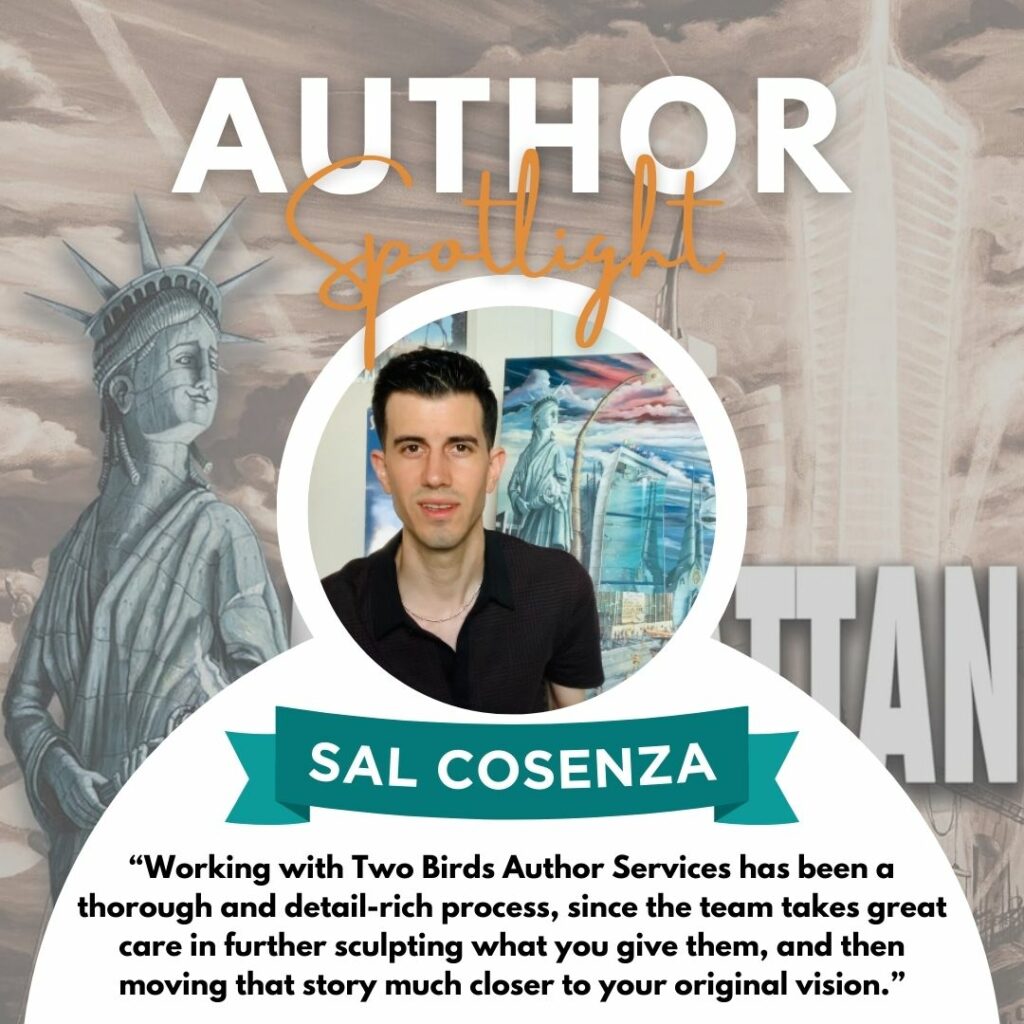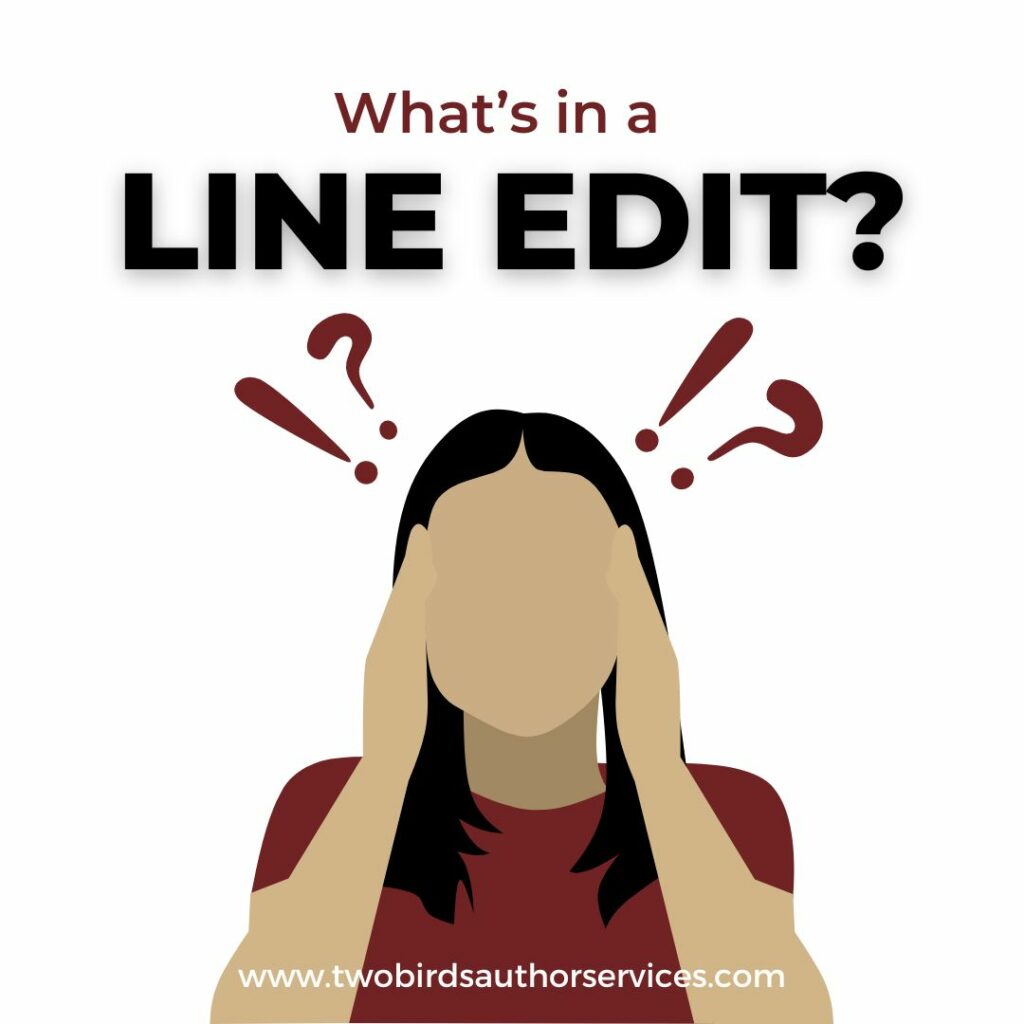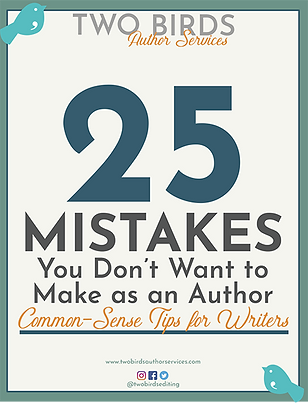Slow Down and Improve Your Craft
Your book is your very own creation. All yours. Look at that manuscript—you did that! It’s an expression of who you are, an expression of your unique brand of creativity. Then you send that manuscript to your editor to cross those proverbial Ts and dot those metaphorical Is.
Much of the editing process relies on precedent and conventions such as the Chicago Manual of Style, Merriam-Webster, etc. Oxford commas, spacing before and after em dashes, things like that can be looked up and verified. But what about all the other aspects of the editing process that are more subjective?
In some cases, even grammar, punctuation and the like can be subjective. As can plot structure, point of view, and spelling. But for the purposes of this article, let’s focus on a few things that are very subjective: descriptions of people, places, objects, and actions.
One of the most important things to remember when writing/editing descriptions is that your reader has no clue of what your vision is. You might see something clearly in your mind, you might know exactly where each character is sitting in a room, but your reader does not. They’re starting from scratch.
Some writers enjoy adding a lot of details (Sue Grafton comes to mind), and that becomes part of their style. Some authors do the opposite. But one thing is for sure: if your reader can’t get a good enough picture of what you’re trying to tell them, they will get pulled out of the story. They’ll be trying to fill in blanks that you created by not filling them in yourself.
For the purposes of this post, let’s narrow all this down to four things you can keep in mind as you write your first draft or edit what you’ve already written.
Give us enough information that we can see where your characters are and what they’re doing.
In your mind, you know exactly where all your characters are in a scene. But guess what—your reader doesn’t know what’s going on at all!
Example:
CHAPTER ONE
“Hi Max!” said Beatrice.
“Hi Bea! Hey, so, like, let’s break up, okay?”
“But you said you loved me!” Beatrice said as she leaped from her chair.
If you didn’t previously tell us that Beatrice is sitting down, the leaping up has no context. If the leaping up is important, if you’re using this action to add emphasis to the drama, that’s great! Just tell us before this point that she was sitting down, so the action isn’t too unexpected.
Alternative:
CHAPTER ONE
Beatrice and Max sat down at the kitchen table to have a cup of coffee.
[conversation begins]
“But you said you loved me!” Beatrice said as she leaped from her chair, spilling cold coffee on Max’s shirt sleeve.
Example:
“Okie dokie,” he said, and hurried away.
Hurried away is vague. You don’t have to tell us that your character is hurrying away to get in his car, drive twelve minutes to get across town for an appointment with his CPA, but you could perhaps add something so it doesn’t feel like you’re leaving us hanging.
Alternative:
“Okie dokie,” he said, and hurried away to take care of other important business.
Even this brief description provides more closure.
Write descriptions of places that help your reader follow your story.
In your mind’s eye, you know exactly what the inside of your main character’s house looks like. You have an image of the layout, and how the furniture is placed. But guess what—your reader has never been there before!
Example:
They led us through the front door and into a room.
Okay, what kind of room? A bathroom? The kitchen? Library? You don’t have to tell us everything that’s in there or what color the carpet is (unless that matters to your story), but if you don’t add some details, your reader will have to expend a lot of energy trying to create something in their mind that works for them. You should consider it your job to provide a framework of that space for them.
Alternative:
They led us through the front door and into the living room, which contained several leather chairs placed in front of a roaring fire. One large window looked out at the backyard, now shrouded in darkness.
Again, you don’t have to give us a total breakdown of the room, but pick a few things that are meaningful to you or to the story. Perhaps something that will help set the tone.
This can apply to landscape, interior and exterior spaces, how people move around within spaces, to name a few.
If you need help in getting clear about what a particular valley looks like, or the path that a stream follows, consider creating a sketch or finding some pictures that you can use as guides. It might help you when trying to describe things to your readers.
Be consistent with describing characters.
In your mind you know what everyone looks like and how they dress. But guess what—your reader has never met these people!
You don’t necessarily have to tell us what every single character looks like, but you should describe more than your main characters. The more important a character is, the more details you should give them. Minor characters may not need as much fleshing-out, but sometimes a scene is important enough that a minor character needs more details too. This is subjective of course. But see if you can find a balance between giving life to just your man character, and not overdoing it by describing everything and everyone, no matter their importance.
Make internal thoughts or “close” narration clear to your readers.
As you’re writing, you know exactly how to show us connections between thoughts and/or actions. But guess what—your reader is not clairvoyant!
Example:
Harrison nodded at someone behind me. It was then I remembered that Bruce was still in the room with us. His jaw clenched, but he left without a word.
First off, this seems to indicate that Bruce clenched his jaw and left the room. But if he is behind the narrator’s back, how can the narrator know Bruce is clenching his jaw? This is a more blatant example, but it’s still important to put your logician’s hat on as you write/edit. If your reader has to think too hard about who is doing what, or if they’re spending time trying to figure out what you mean, you’ve taken them out of your story.
Alternative:
Harrison nodded at someone behind me. It was then I remembered that Bruce was still in the room with us. I spun on my heel in time to see Bruce clench his jaw and leave the library without a word.
In short … writing clear descriptions is easier if you slow down.
Your characters and their lives have taken up residence in your mind for a while. You’re excited about writing all that down and sharing it with your readers, and we totally get it! But if you write too fast, you may be creating more confusion than clarity.
Taking your time to describe people, places, and things is crucial to the clarity and readability of your story. If you write or edit with this in mind, you will be well on your way to producing a well-flowing, fast read. And by fast, we mean not kicking your reader out of the flow to solve your logic puzzles!
Have questions about the editing process? We’d love to chat with you and help you figure out your next steps. ,Contact us to set up a free sample edit.
Sign up to receive our monthly newsletter, full of more helpful info and special deals!




